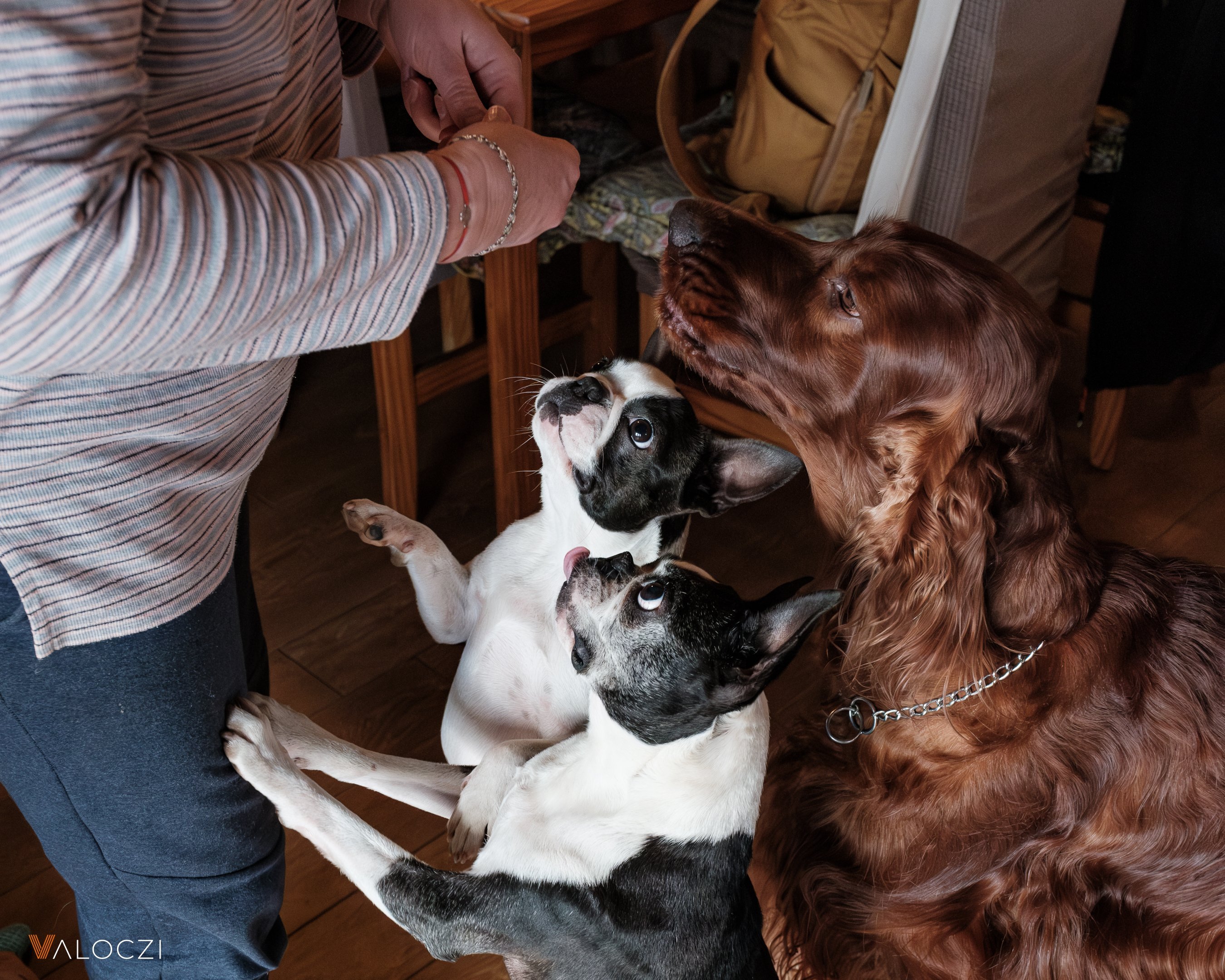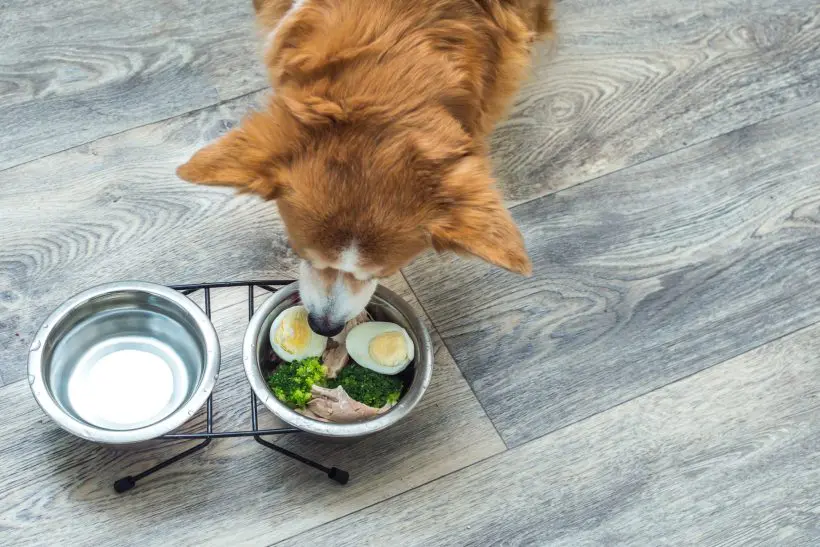What Do Dogs Find Delicious? Now We Find Out!
Published: 2025. 04. 13 - Photos: welovedogz.hu/en; Getty Images Hungary • 5 minutes reading

Published: 2025. 04. 13 - Photos: welovedogz.hu/en; Getty Images Hungary • 5 minutes reading

By perceiving some foods as tasty and others as repulsive, it encourages the dog to eat high-calorie foods and tries to discourage it from swallowing poisonous things.
With this in mind, it might not be too difficult to work out what is tasty for a dog. However, the issue is more complex than that, as individual preference comes into play. Let's see what a dog might find tasty and how we can test the theory.
 Sometimes even a delicious bite requires a yowl of joy
Sometimes even a delicious bite requires a yowl of joy
If you look inside your dog's mouth (or your own), you will see lots of tiny bumps, called lingual papillae, on the tongue, each containing a group of taste buds. Each taste bud is made up of about 50 taste receptor cells. Dogs have fewer taste buds than we do. An average dog has about 1,700, while we have about 9,000.
Taste buds in different parts of the tongue respond to different microscopic molecules. Dogs, like us, can distinguish between sweet, sour, salty and bitter tastes. Unlike us, however, they also have a special type of taste bud that is exclusively for tasting water. This means that for them, water is probably not tasteless as we describe it. These water sensory receptors are located on the tip of the tongue - the part of the tongue that the dog dips into the water and bends like a spoon when drinking.
In humans, the tip of the tongue is the most sensitive to sweet tastes, which is why we like to roll the candy around on the tip of our tongue. In dogs, on the other hand, the back of the tongue is more sensitive to sweet tastes, which may explain why they swallow sweets quickly. For us, one of the most interesting facts is that our pets also have taste buds at the back of the throat, so they can actually take longer to taste food that they have swallowed immediately, apparently without chewing.
 It may be worth experimenting with different tastes on your dog occasionally, with caution, and making sure that he is only given foods that are safe for him!
It may be worth experimenting with different tastes on your dog occasionally, with caution, and making sure that he is only given foods that are safe for him!
Compared to humans, dogs do not perceive salt well. This is because a significant part of their diet consisted of meat in the wild, which naturally contains enough salt to meet their body's needs without having to search for it. However, this does not mean that they do not perceive or appreciate a salty taste at all. It's important to note here that excessive salt intake can make your pet very thirsty, and can even lead to sodium poisoning if you're not careful. Bottom line: a little salt won't hurt your dog, but don't feed him salty food directly!
Different species have developed different taste preferences depending on the food they are adapted to. Meat makes up about 80% of the diet of wild wolves, so your dog will have a strong preference for meat. However, as much as they love meat, dogs are actually omnivores, meaning they eat both plant and animal foods.
Various studies have shown that most dogs prefer beef and pork to chicken and lamb. They also prefer warm, moist food to cold, dry food. To find out whether and how to heat your dog's food, click here.
Of course, as with humans, dogs have individual preferences. This may be partly due to the food they were fed as puppies. One study even suggests that what their mother ate during pregnancy can influence a dog's future tastes.
 Choose food with a high protein content
Choose food with a high protein content
Dog food companies carry out taste tests on hundreds of dogs, carefully taking into account any factors that might skew the results. Every second they measure how much of the food your dog eats, how often he chews and how big his bites are. You can do a similar test on your pet at home. This will give you a better idea of what your dog likes, what he finds tasty and tasty.
 You can also top up your dog's water with a few ice cubes every now and then, especially in the warmer seasons
You can also top up your dog's water with a few ice cubes every now and then, especially in the warmer seasons
Some treats that dogs can appreciate
Of course, every dog is different, but here are some foods that are often favoured by four-legged friends. It may be worth trying these in moderation from time to time, in addition to their food.
Peanut butter: it's also found in many dog foods.
Cooked corn: although some dogs may be allergic to corn, those that aren't go absolutely crazy for it. Give it to your dog without salt or butter.
Broccoli: you may not have liked vegetables as a kid, but dogs surprisingly like broccoli.
Ice cubes: we've already mentioned above about the special taste buds that sense water, so you won't find it so strange that ice cubes are on the list. Moreover, the cooler it is and the more special its texture, the more exciting it is for dogs. In the warmer months, they can especially enjoy a treat of an ice cube or two.
Bananas: it makes a great reward snack on walks or outings. It's high in calories, so be careful how much you give your dog. Especially, be careful with smaller dogs!
Follow us!
facebook instagram youtube spotifyRelated articles

Advantages and Disadvantages of Wet Food for Dogs: We Point Out Some Surprising Things
Health • 3 minutes
How to keep your dog safe outdoors during the cold winter
Care • 5 minutes
Is your dog's paw slipping too often on the floor? Here's what you can do to help
Care • 3 minutes
As the temperature drops, your dog's skin becomes more sensitive: how to care for it properly
Care • 3 minutes